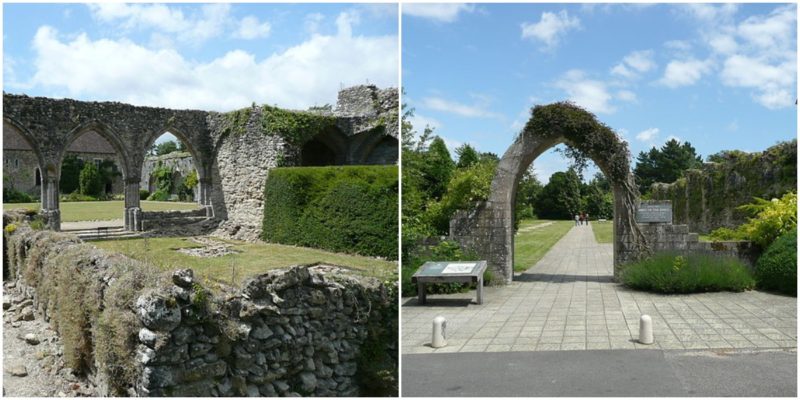There is something extremely beautiful about the many remains of old abbeys and their churches that can be found scattered around the continents, especially in western Europe. All of them seem to radiate with unspeakable divinity.
Their magnificence maybe arises from the mysterious stories that they silently speak, or because of the specific building techniques, some of them long forgotten, that can be still spotted in the piles of collapsed stones. Wandering among such ruins is a guaranteed imaginative journey into the past and sometimes into a personal fantasy world.
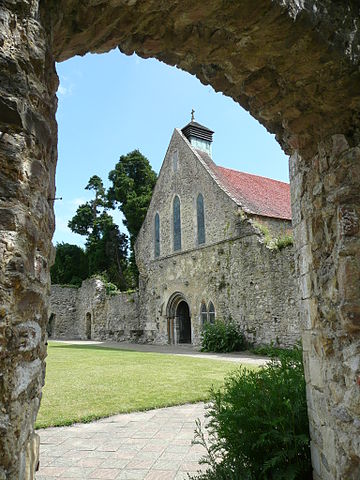
Beaulieu Abbey in the south of England was founded in 1204 by order of King John in his favorite hunting ground: the New Forest. 30 monks came from Citeaux Abbey in France (the mother abbey of the Cistercian Order) to start the monastery. It was given the Latin name of Bellus Locus Regis, or “beautiful place of the king,” after the nearby hunting lodge which was already called by the same name.
Later the French monks called it “beautiful place” in their own tongue, and the abbey became widely known as “Beaulieu.” The abbey church, which was dedicated to St. Mary, was finally finished in 1246.
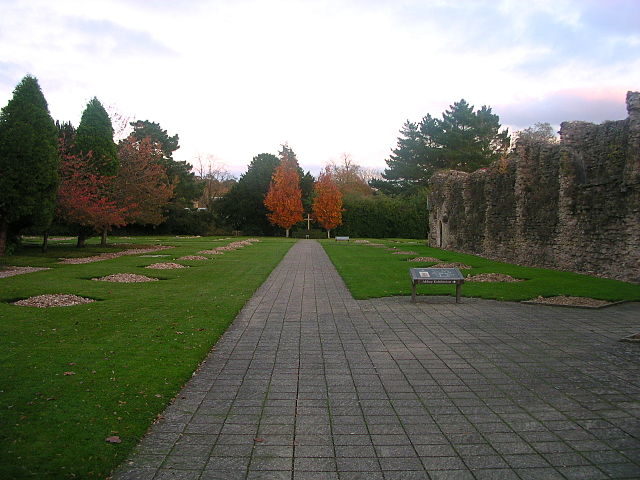
According the story, in the early days of his reign King John had serious disagreements with the Cistercians; it was in order to wash away his sins, especially those committed during the past oppression of the monks, that he decided to establish an abbey.
The legend says that King John decided to grant the land to the Cistercian monks after he had strange and disturbing nightmare in which he was beaten by a group of monks. He hoped with this act of generosity to provide for himself a special place in every Cistercian monk’s prayers. He even desired to be buried at Beaulieu Abbey, but that didn’t happen.
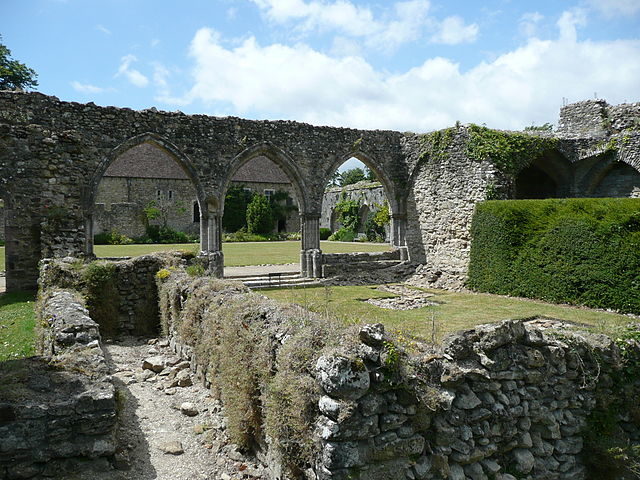
The New Forest was a more than ideal location for an abbey for several reasons: It had plenty of wood and fresh water, it was positioned on a river that provided an excellent transport route between Beaulieu and the abbeys in France, and the land around the abbey was suitable for grazing. Later King John’s son, Henry III, granted even more land to the abbey.
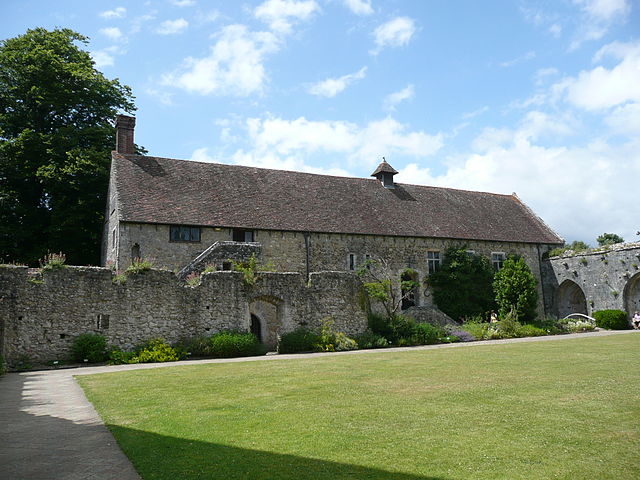
For nearly 300 years the abbey was a tranquil place for the Cistercian monks who came here from France and from other parts of England. The Beaulieu monks were famed because of their highly developed agriculture and manufacture skills. They improved farming and wool manufacture techniques, which helped them to produce quality products — Beaulieu wool was coveted by merchants and sold in many cities all over Europe. The monks were talented herbalists too and took care of several medical gardens, parts of which still exist today, within the abbey’s walls.
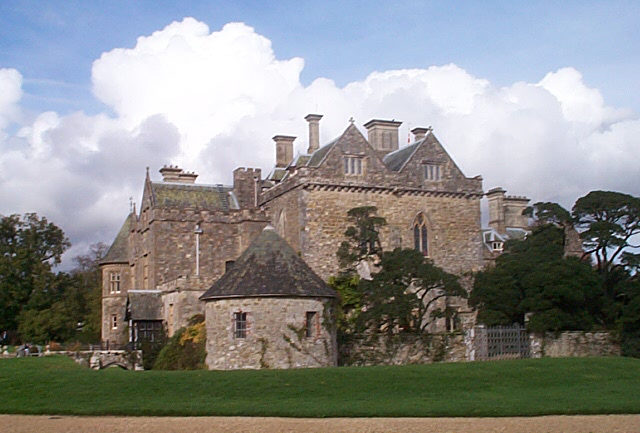
The abbey continued to increase its influence and power as an important religious center until the 16th century, but it didn’t survive the Dissolution of the Monasteries, ordered by King Henry VIII in 1538. The orders of the king were clear: all religious structures should be destroyed to avoid any possibility of eventual future restoration. The abbey church, the cloister and the chapter house were torn down, but fortunately the authorities allowed the refectory, the domus and two gatehouses to remain intact as long as they were used for secular purposes. Later that year the 8,500 acre property was granted to Sir Thomas Wriothesley, 1st Earl of Southampton, however a great part of the Beaulieu estate fell into disrepair.
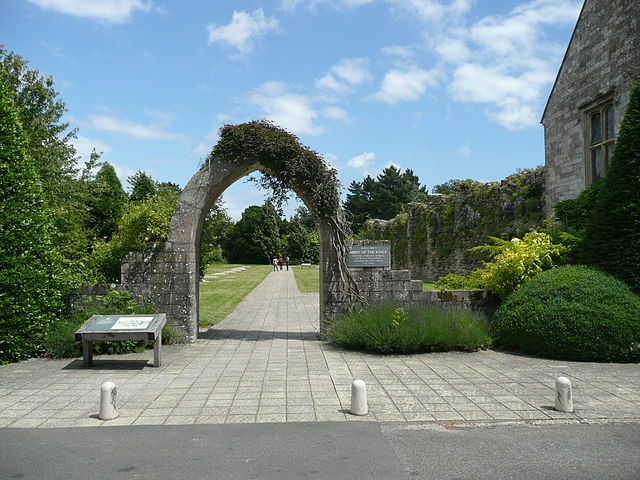
Wriothesley also bought other monastic properties in Hampshire. One of these, Titchfield, became his main family home, and the Beaulieu property was used only for recreation and hunting. One of the gatehouses was converted into a manor house now known as Palace House and this remained in the Wriothesley family until the English Civil War (1642-1651). Because of the Royalist sympathies of the then-owner, another Thomas Wriothesley, his property was confiscated by the Parliamentary forces. Ownership was returned to him after the restoration of the monarchy — once he had payed a fine to take it back. A great part of his property, including the Beaulieu estate, was inherited by his youngest daughter Elizabeth, who married into the Montagu family.
Palace House is still the home of the Barons Montague of Beaulieu; a large portion of the house is open to visitors for tours by guides in authentic Victorian period costumes.
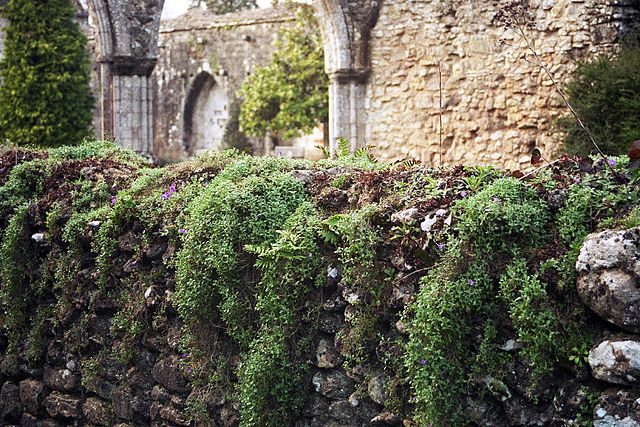
Throughout the years the abbey’s shadowy appearance has inspired many artists, writers and poets, becoming one of the most important cultural and historical spots in the county of Hampshire. Today the well preserved ruin attracts many visitors who come to enjoy the idyllic surroundings and the architectural skills of its medieval builders. This 800-years-old abbey vividly depicts life in medieval England.
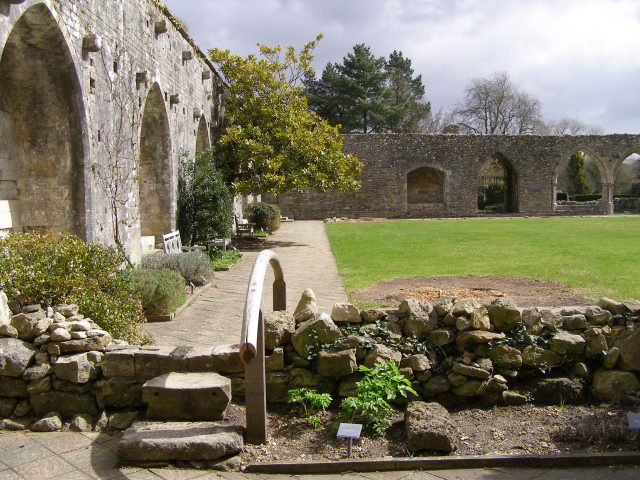
The foundations of the abbey church still show its former grandeur. The herb garden where the monks cultivated herbs for cooking and healing is located in the remains of the cloister. There is a permanent exhibition in the surviving domus building which tells the story of the abbey and Cistercian monks who chose to dedicate their life to God. The former monks refectory is now Beaulieu village parish church.
